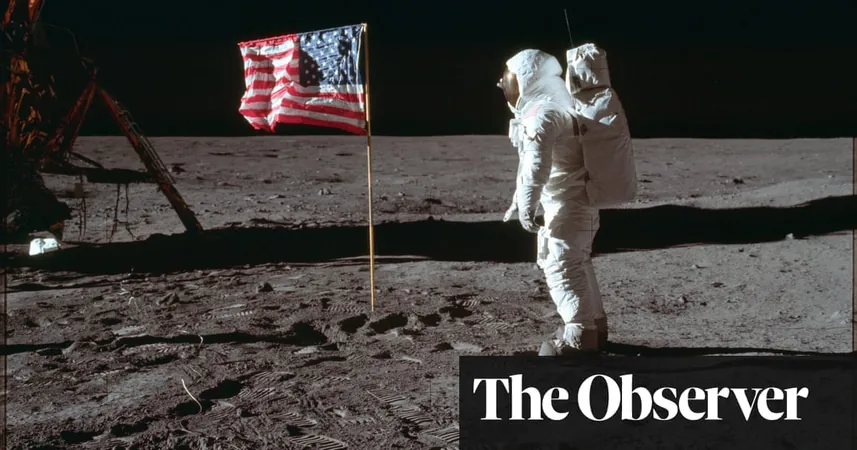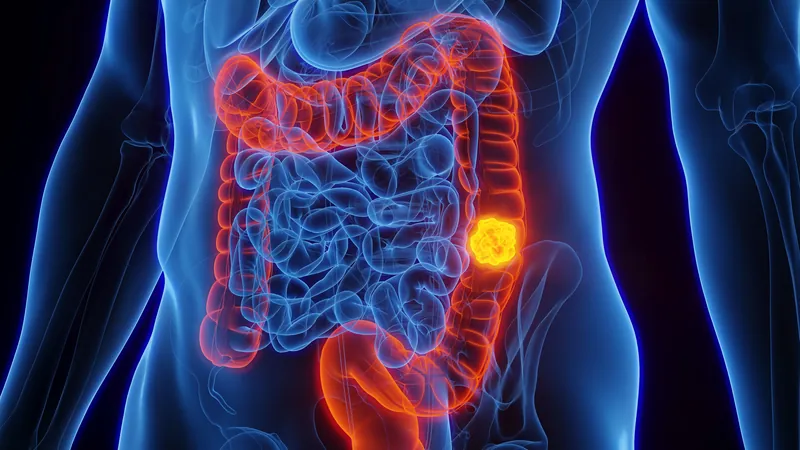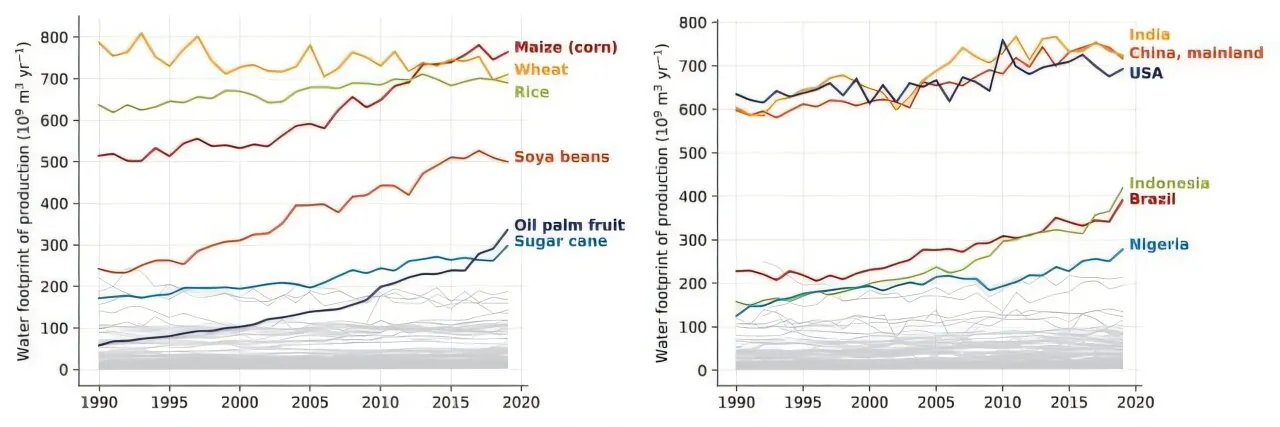
Finally Getting the Recognition He Deserves: Meet Tom Bacon, the Unsung Hero Behind the Moon Landing
2024-11-02
Author: Siti
Finally Getting the Recognition He Deserves: Meet Tom Bacon, the Unsung Hero Behind the Moon Landing
It has been almost seven decades since the brilliant Francis Thomas Bacon transformed the possibilities of clean energy, paving the way for mankind’s first steps on the moon and forever altering the course of history. Yet, few recognize the genius behind the invention that would ultimately help power Apollo 11—an engineer from Essex who created the first practical hydrogen-oxygen fuel cell.
Bacon’s groundbreaking work laid the foundation for the fuel cells that would become a critical component of NASA's Apollo missions. These cells, affectionately dubbed "Bacon Cells" in homage to their inventor, supplied secondary power for vital systems such as communications, life support, and lighting, as well as providing drinking water for the astronauts on their extraordinary journey.
In a fascinating BBC Radio 4 interview just prior to the moon landings, Bacon said, “Normally, in the course of time, a battery runs down and you’ve got to recharge it. Now, [with] this device, as long as you go on feeding hydrogen and oxygen into it, and you remove the water formed, it will go on generating power indefinitely—and the astronauts drink the water." This innovation was incredibly significant—President Nixon himself acknowledged Bacon’s contribution, stating, “Without you, Tom, we wouldn’t have gotten to the moon.”
Cambridge University professor Sam Stranks lauded Bacon as a pioneer whose fuel cell technology was vital for the space program: “As long as you can continuously supply the gases, you can keep producing electricity.” This capability was crucial for missions operating so far from Earth, where generating power is a formidable challenge.
Today, Bacon’s legacy echoes through modern scientists as they strive to develop new renewable energy technologies. Stranks emphasized that fuel cells remain a promising avenue for providing clean electricity and emergency power, especially in remote locations. They could even revolutionize transportation, potentially powering electric engines in long-haul trucks and ships—an idea Bacon himself envisioned during his radio interview.
Bacon, a direct descendant of the famed Elizabethan philosopher Francis Bacon, began his journey in fuel cell research at an engineering firm in 1932, shortly after graduating from Cambridge with a humble third-class degree in mechanical sciences. Interestingly, the concept of fuel cells dates back to 1839, when physicist William Grove first demonstrated their theoretical application.
Despite the initial challenges he faced, which included needing to conduct risky experiments with volatile gases away from his employer's facilities, Bacon eventually thrived in his endeavors. However, he struggled for decades to find a practical application for his invention until, in 1962, NASA's commitment to the Apollo program changed his fortunes dramatically, with a US company investing $100 million into furthering his work.
While echoed voices in academia celebrate Bacon’s brilliance, his name may still remain unfamiliar to the general public. He was described by colleagues as a modest man who found joy in problem-solving rather than seeking glory. Professor Clemens Kaminski noted that the gap in recognition could last 20 to 30 years, suggesting that the real implications of Bacon's contributions to sustainable energy might only become clear in the years to come.
As we stand at the precipice of an energy revolution and face the pressing challenges of climate change, one can’t help but wonder about the tremendous impact Bacon’s work could have on our lives if we succeed in harnessing hydrogen sustainably. Bacon’s fuel cells not only foreshadowed today’s clean energy efforts but could also play a crucial role in the near future, allowing us to navigate towards a greener world.






 Brasil (PT)
Brasil (PT)
 Canada (EN)
Canada (EN)
 Chile (ES)
Chile (ES)
 España (ES)
España (ES)
 France (FR)
France (FR)
 Hong Kong (EN)
Hong Kong (EN)
 Italia (IT)
Italia (IT)
 日本 (JA)
日本 (JA)
 Magyarország (HU)
Magyarország (HU)
 Norge (NO)
Norge (NO)
 Polska (PL)
Polska (PL)
 Schweiz (DE)
Schweiz (DE)
 Singapore (EN)
Singapore (EN)
 Sverige (SV)
Sverige (SV)
 Suomi (FI)
Suomi (FI)
 Türkiye (TR)
Türkiye (TR)